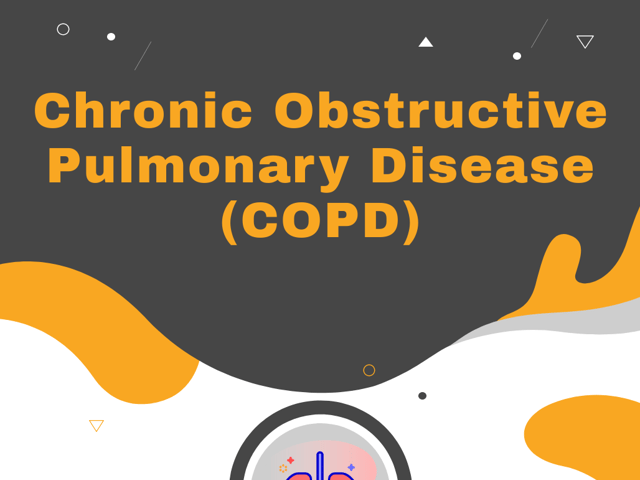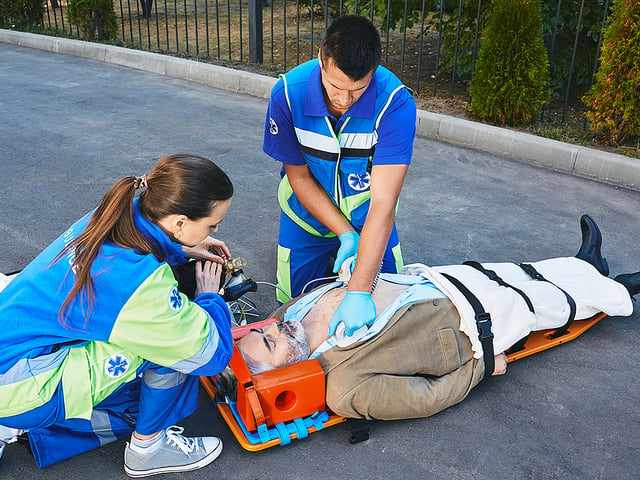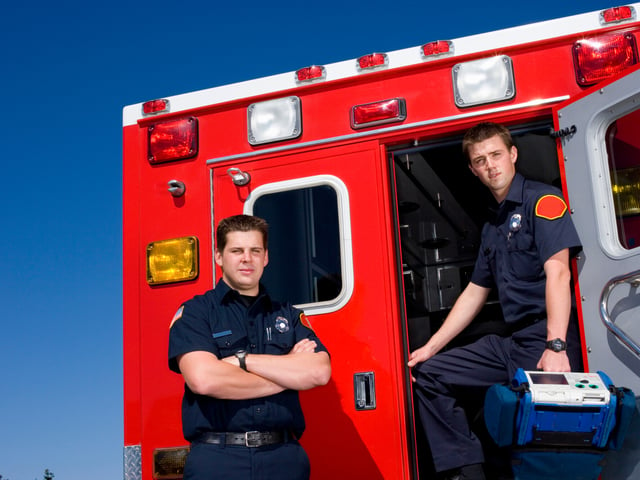
Chronic Obstructive Pulmonary Disease (COPD)
Over 12 million Americans are diagnosed with chronic obstructive pulmonary disease (COPD), while another 12 million people may have the disease and not be aware of it.
What Is COPD?
The term COPD refers to several respiratory diseases, including emphysema and chronic bronchitis. COPD develops slowly, causing a blockage of airflow and respiratory problems. The most common cause of COPD is smoking cigarettes. Other risk factors are repeated infections of the lungs or airway and the inhalation of toxic gases and particles.
Emphysema
Emphysema is the most common disease associated with COPD. Emphysema occurs when there is a loss of elasticity in the alveolar air spaces due to inflamed airways and decreased airflow from the lungs. The alveoli fall apart over time since air cannot be expelled rapidly from the lungs, causing large pockets or cavities in the lungs.
Chronic Bronchitis
Chronic bronchitis develops when the bronchioles are constantly irritated from tobacco smoke or another irritant. When a person has bronchitis, they produce extra mucus, which obstructs the airways and alveoli. This obstruction leads to chronic low oxygenation and can cause right-sided heart failure and fluid retention. When the air passages are continuously blocked, pneumonia can easily develop, which causes dilation of the obstructed alveoli and scarring in the lungs.
Hypoxic Drive
Patients with COPD have higher carbon dioxide levels since they cannot effectively eliminate the gas through exhalation. Over time, the brain adjusts to accept these higher levels and uses a secondary breathing method called hypoxic drive, which is based on oxygen levels dissolved in plasma. This method is different from the primary control of breathing, where carbon dioxide is the driving force, and is typically seen in later stages of COPD.
The Prognosis for COPD Patients
While COPD progressively worsens over time, it is a treatable and often preventable disease. Lifestyle changes include quitting smoking and using protective respiratory equipment when working with toxic chemicals. With proper medical intervention and treatment, most COPD patients can lead a good quality of life while reducing their risk of associated medical conditions.

Keep Reading

Emergency Medical Technician Test Blog
How Many Questions are on the NREMT?
The National Registry of Emergency Medical Technicians (NREMT) exam is …

Emergency Medical Technician Test Blog
How Hard is the EMT Test?
EMTs (Emergency Medical Technicians) are required to have strong medica…

Emergency Medical Technician Test Blog
What Is a Passing Score on the NREMT Exam?
The job outlook for EMTs and paramedics is strong. The Bureau of Labor …